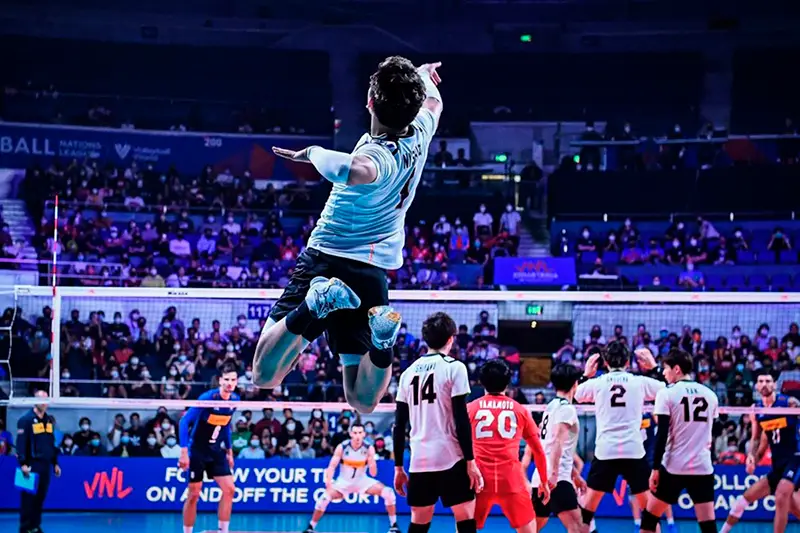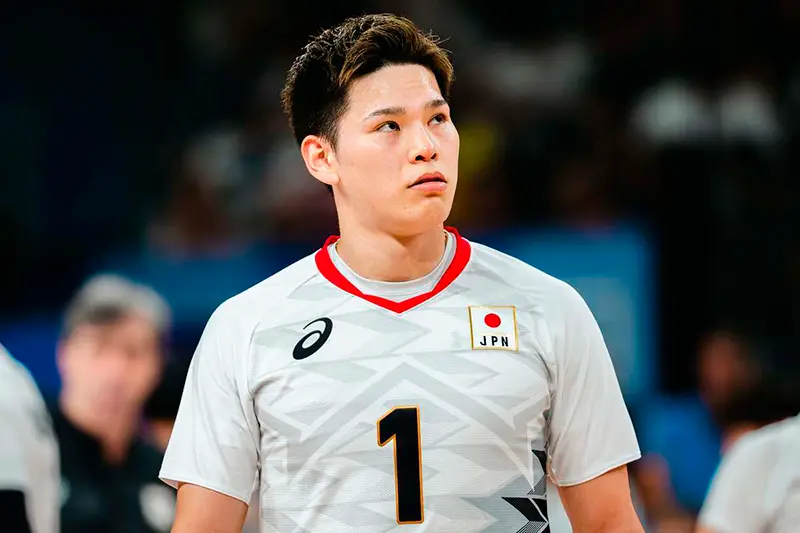Volleyball originated in the late 19th century as “Mintonette” and has evolved into a dynamic and spectacular sport that has adapted to a variety of conditions and needs. From intense indoor games to sunny beaches and snowy courts, volleyball offers unique formats for everyone. Let’s dive into the world of this versatile sport and find out what types of volleyball there are. Maybe you’d like to try something new.
What types of volleyball are there: Classic indoor format
The basic format of the discipline, on which all other variants are based. The indoor version defines the standards regarding movement, technique, tactics, and strategy. From this point on, training begins in sports schools and the rules for international competitions are established. Of all existing volleyball variants, the indoor version ranks highest in terms of complexity, versatility, and history.
Structure and Platform
The rectangular area of 18x9m is divided into two equal zones by a net. The front line zone defines the three-meter-wide attack zone, which determines the right to attack. The net height is 2.43 m for men and 2.24 m for women. The game is played indoors with wooden, rubber, or combined surfaces.
Team Format and Rotation
Six players are on the court at once. Each game begins with a serve, after which the teams exchange points. After each point exchange, the team rotates clockwise. Play continues until 25 points are in play. The winner must have a lead of at least two points. The game consists of three, sometimes five, sets. The playoff game is played to 15 points.
Ball and Equipment
The ball weighs 260 to 280 g and has a circumference of 65–67 cm. The cover is made of synthetic leather, allowing you to control its trajectory. Players wear high-cushion shoes, knee pads, and light clothing.
International Scene
The Olympic Games, World Championships, the Nations League, and the FIFA World Cup – all of these tournaments are played indoors. The top contenders in recent years have included Brazil, Poland, the USA, Italy, and France. Olympic titles and medals are distributed among the strongest teams according to a unique system – the “best of three losses” format preserves a chance even after a group loss.
Beach Volleyball
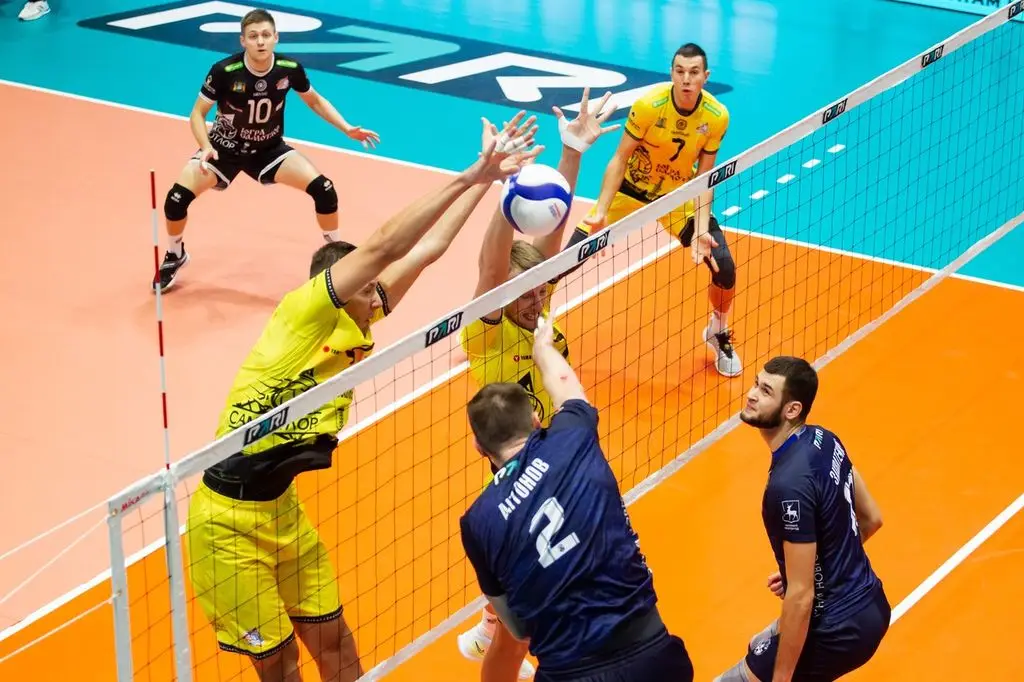 The most well-known form of volleyball outside of the traditional indoor arena. Due to its spectacularity, dynamics, and minimalism, the format has developed into its own Olympic discipline and gained mass popularity.
The most well-known form of volleyball outside of the traditional indoor arena. Due to its spectacularity, dynamics, and minimalism, the format has developed into its own Olympic discipline and gained mass popularity.
The Location and the Team
The 16x8m surface is on sand – often natural, sometimes specially compacted. Two teams of two players each participate in the game. There is no three-meter line zone, but additional rules are introduced to limit attacking shots from receptions. The net height is 2.43 m for men and 2.24 m for women.
Rules
The game lasts up to two sets of 21 points each. If a third is needed, up to 15. The interval is at least two points. A mandatory requirement is no substitutions: the entire game is played by two players. Volleyball players freely change positions during the rally.
Conditions and Technique
Sand requires the development of leg strength, coordination, and balance. Passes are executed with a high trajectory, and the ball is lighter and larger. A shortened step before the serve, a high-arc serve, and one-handed blocks are used.
Snow Volleyball
Of all existing volleyball styles, this is considered the youngest and most experimental. It originally emerged as a show format in Austria and Eastern Europe, but has already gained recognition at continental tournaments.
Location and Conditions
The 16x8m surface is laid on compacted snow. The ball has a high shell density and weighs 400g, ensuring wind resistance. The temperature range for competition is between -10°C and 0°C. The height of the net is similar to that of the classic game. Teams consist of three players. One substitution is permitted.
Rules
Matches are played until two sets of 15 points each are won. The margin of victory must be at least two points. The conditions limit jump height and movement time. The emphasis is on passing, blocking, and endurance. Players wear thermal uniforms, spiked shoes, and gloves. Particular attention is paid to balance – on snow, the base of support is lost. Defense is achieved more through proper positioning than acrobatics.
Field Volleyball
Among the various types of volleyball available, this format occupies a position between traditional and amateur. Due to its ease of organization, easy accessibility, and minimal equipment requirements, the game on grass enjoys great popularity in schools, universities, and summer recreational sports events.
Conditions and Scope
The game is played on a level surface with dense grass or artificial turf. The recommended court size is 18 x 9 m. The net is set at a standard height, but for an amateur format, it is permissible to lower the height. The surface influences the behavior of the ball: the bounce is less predictable, and movement on slippery grass requires more control.
Team Format and Rules
They usually play in teams of six. The rules are almost the same as in the indoor format: serve, receive, combination, and finish. However, rotations are often simplified or eliminated altogether, especially in unofficial tournaments.
The number of players can vary to as few as four or eight, allowing the game to be either a fast-paced game or a large-scale, mass format.
What’s an unusual game: Sitting volleyball
An adapted sport format that has been included in the compulsory program of the Paralympic Games. Of all existing volleyball formats, this one underscores the inclusivity of the sport and the accessibility of elite competitions for people with disabilities.
Format and Venue
The playing court has been reduced to 10 x 6 m. The net height is 1.15 m for men and 1.05 m for women. Teams of six players each move around the court exclusively in a seated position. The ball retains its standard properties, but the weight is often reduced to 225–245 g to ensure optimal control with a small range of motion.
Rules
Players are not permitted to raise their buttocks off the ground while performing any play action. Active use of the arms, body, and slides are permitted. The game is played for up to 25 points, and there are three wins. At the same time, serving, blocking, and combinations—the entire spectrum of technical play—are preserved, which gives the format a sporting appeal.
Confession
At the international level, the strongest teams compete: Bosnia and Herzegovina, Iran, Brazil, and the USA. The final round of the Paralympic Games is regularly fully attended, and in many countries, this discipline is part of the core disability sports program.
2×2 and 3×3 Volleyball
Adaptations to the reduced team size provide variety in both training and competition. Among all existing volleyball formats, these formats are characterized by their conciseness, high speed, and minimal need for substitutions.
Rules and Features
The 2×2 format is most commonly used on the beach, but is also suitable for use indoors or on grass. 3×3 is used in both street and training games. The court size is 12 x 6 m. Teams play without a fixed rotation, in shortened halves: up to 21 points. The team that wins two out of three games usually wins. Participants combine all roles: there is no division into libero, diagonal, or setter. Everyone participates in receiving, attacking, and blocking.
When Used
These types are actively used to practice personal techniques and make quick decisions. They increase the demands on concentration, positioning, and passing accuracy. The ball often hits the same player in succession, creating an intense game rhythm. 2×2 and 3×3 formats are commonly used in club tournaments, student events, and team camps.
Water Format (Aqua Volleyball)
The most unusual of all volleyball formats, aqua volleyball combines classic techniques with the resistance of water, creating a completely different physical challenge. The game promotes strength, coordination, agility, and balance.
Location and Environment
The game takes place in a pool 1.2 to 1.7 m deep. The area is defined by the pool edge or special floating barriers. The net is located at a height of 2.43 m (men) or 2.24 m (women) and is stretched outside the pool on sturdy supports. The ball has an increased diameter—up to 78–80 cm. The surface is made of a water-repellent and highly visible material.
Command Structure and Rules
Typically, six players play. Each team performs standard actions—serve, receive, pass, hit, block. However, movements occur more slowly in water. The jump requires more strength, and the landing (or rather, the “dive”) often delays the reaction to the next episode. The game goes to 15 points, games – up to three wins.
Problems and Physics
Players move against the resistance of the water, increasing the strain on the core and shoulder girdle muscles. Throwing requires control of the movement with support on the chest and balance in an upright position.
Since falls are eliminated, tactical maneuvering and the ability to immediately read the opponent play an increasingly important role.
Now you know what types of volleyball there are
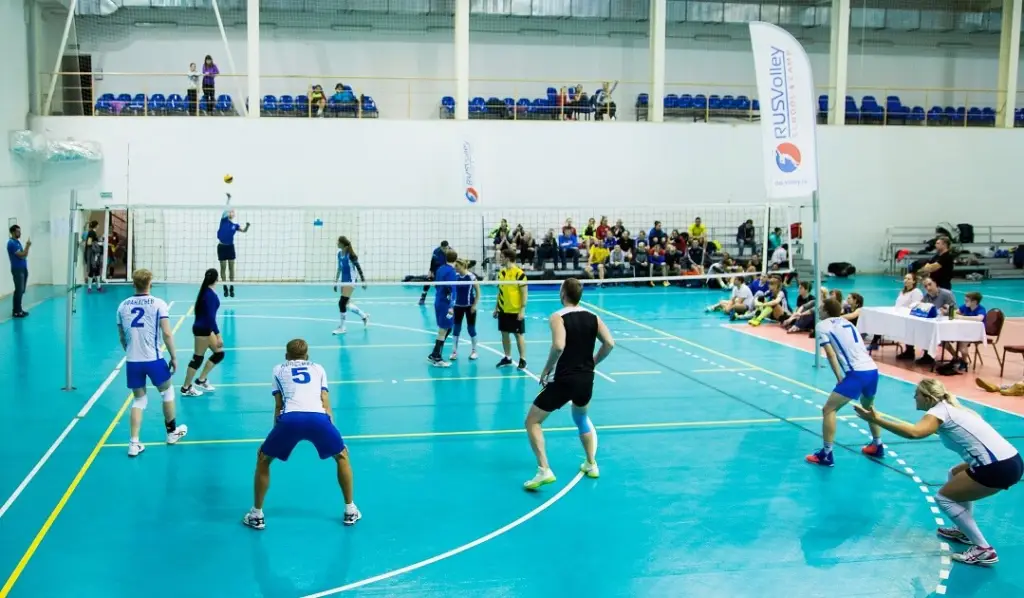 The variety of sport formats shows how many development opportunities a traditional discipline offers. Each game retains its basic character but adapts it to new surfaces, numbers, and mobility. A player who moves freely between multiple styles develops strength, endurance, coordination, tactics, and a range of game solutions. Skill levels expand, and interest grows.
The variety of sport formats shows how many development opportunities a traditional discipline offers. Each game retains its basic character but adapts it to new surfaces, numbers, and mobility. A player who moves freely between multiple styles develops strength, endurance, coordination, tactics, and a range of game solutions. Skill levels expand, and interest grows.

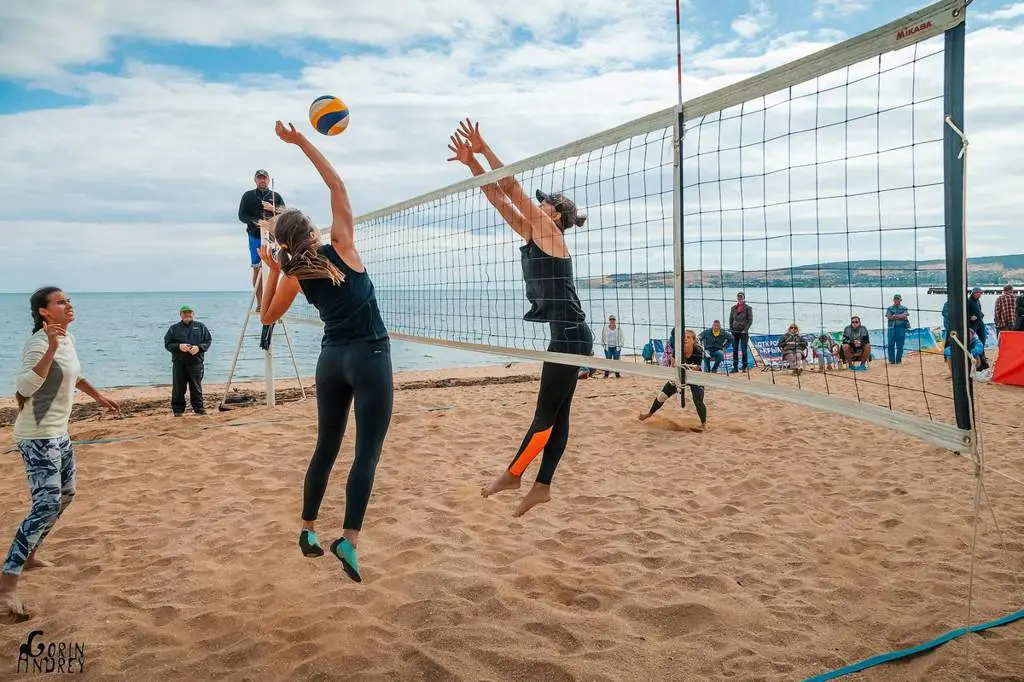
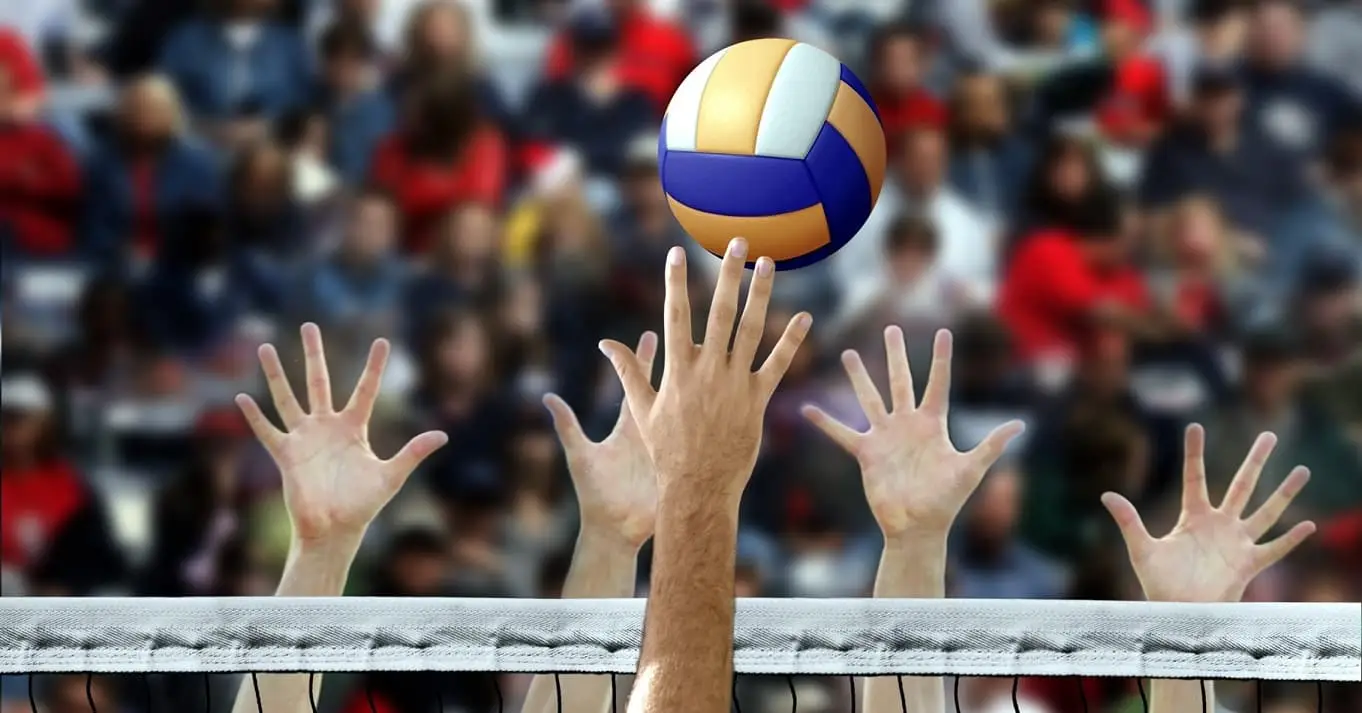
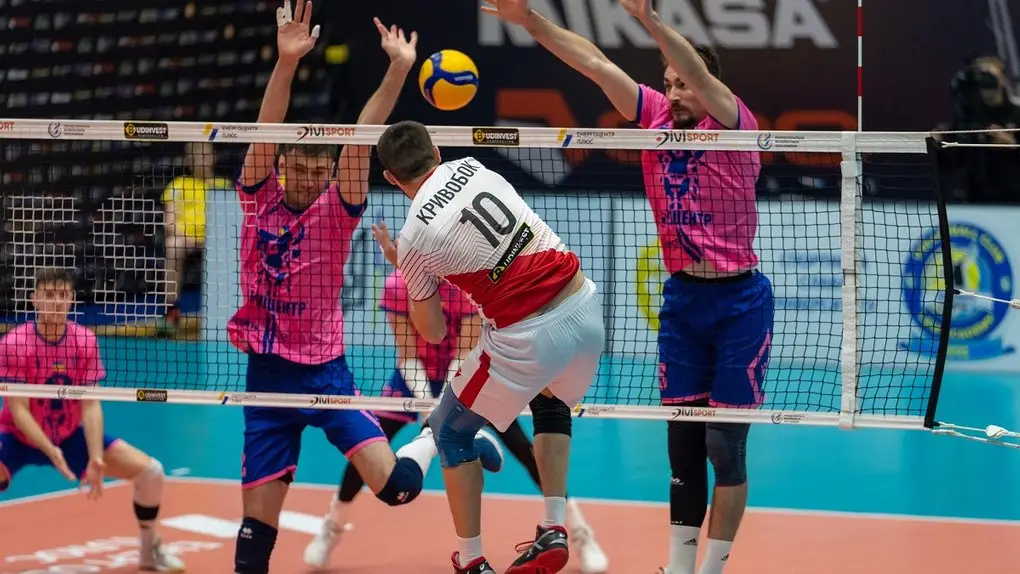 The difference between regular volleyball and beach volleyball in terms of team structure is evident in the number of players. In the hall: 6 on the court, plus 6 as substitutes. Each athlete fulfils a specific function: setter, diagonal player, outside hitter, libero, middle blocker.
The difference between regular volleyball and beach volleyball in terms of team structure is evident in the number of players. In the hall: 6 on the court, plus 6 as substitutes. Each athlete fulfils a specific function: setter, diagonal player, outside hitter, libero, middle blocker.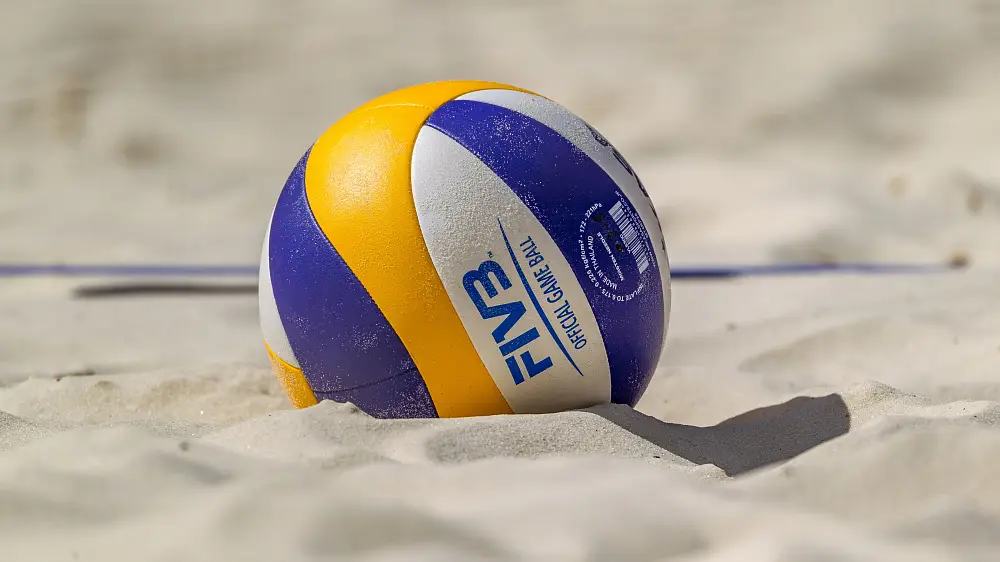 The difference between regular volleyball and beach volleyball lies in the details, not the idea. Both formats are based on precision, rhythm, partnership and quick decision-making. The differences determine the form, conditions and load, but the essence of the game remains the same – the balance between attack and defence. Indoor volleyball requires strategy and combinations, while on the sand intuition and reaction are required. In each variant, the player develops a unique style that reflects the environment, physics and tactics.
The difference between regular volleyball and beach volleyball lies in the details, not the idea. Both formats are based on precision, rhythm, partnership and quick decision-making. The differences determine the form, conditions and load, but the essence of the game remains the same – the balance between attack and defence. Indoor volleyball requires strategy and combinations, while on the sand intuition and reaction are required. In each variant, the player develops a unique style that reflects the environment, physics and tactics.
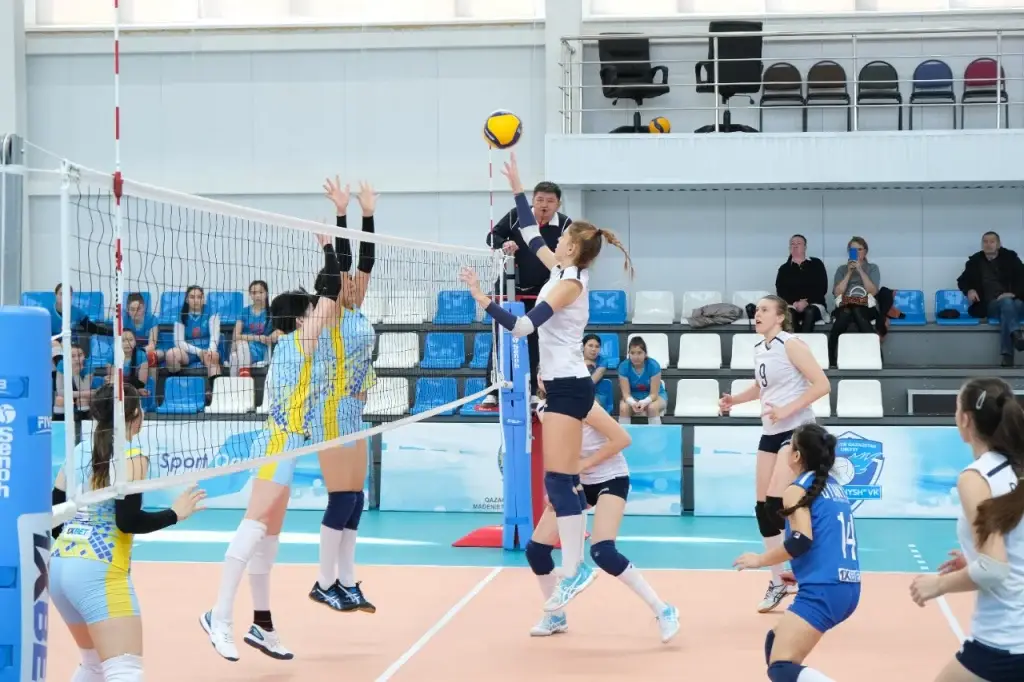 The setter in volleyball directs the game. They receive the ball after the reception and choose the direction of the attack. This player decides who attacks – outside, middle or diagonal. Their main task is to pass the ball to the attacker in a way that makes it easy to hit. The setter must react quickly, remember the opponents’ actions well and be able to anticipate the next moves.
The setter in volleyball directs the game. They receive the ball after the reception and choose the direction of the attack. This player decides who attacks – outside, middle or diagonal. Their main task is to pass the ball to the attacker in a way that makes it easy to hit. The setter must react quickly, remember the opponents’ actions well and be able to anticipate the next moves.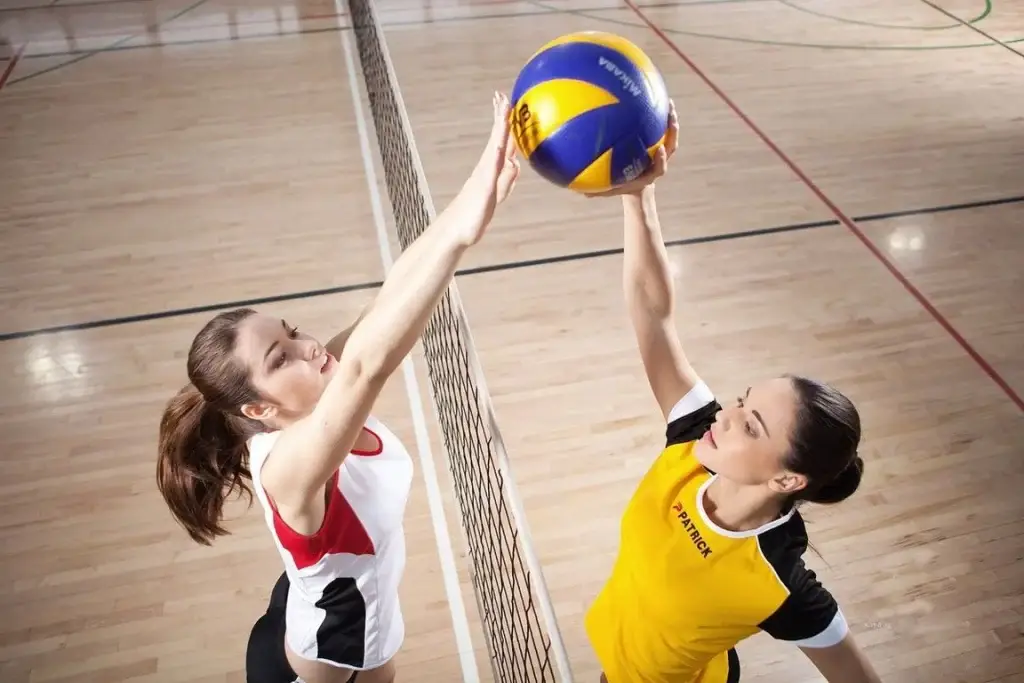 Every function and every role in volleyball is part of a well-coordinated mechanism. The success of a team does not depend on the strength of a single player, but on the right line-up and the interchangeability of the players. The positions of the players in volleyball determine the rhythm, coordination and result. A skilled coach sees not only athletes on the court, but a system in which everyone knows their place and acts precisely according to their role.
Every function and every role in volleyball is part of a well-coordinated mechanism. The success of a team does not depend on the strength of a single player, but on the right line-up and the interchangeability of the players. The positions of the players in volleyball determine the rhythm, coordination and result. A skilled coach sees not only athletes on the court, but a system in which everyone knows their place and acts precisely according to their role.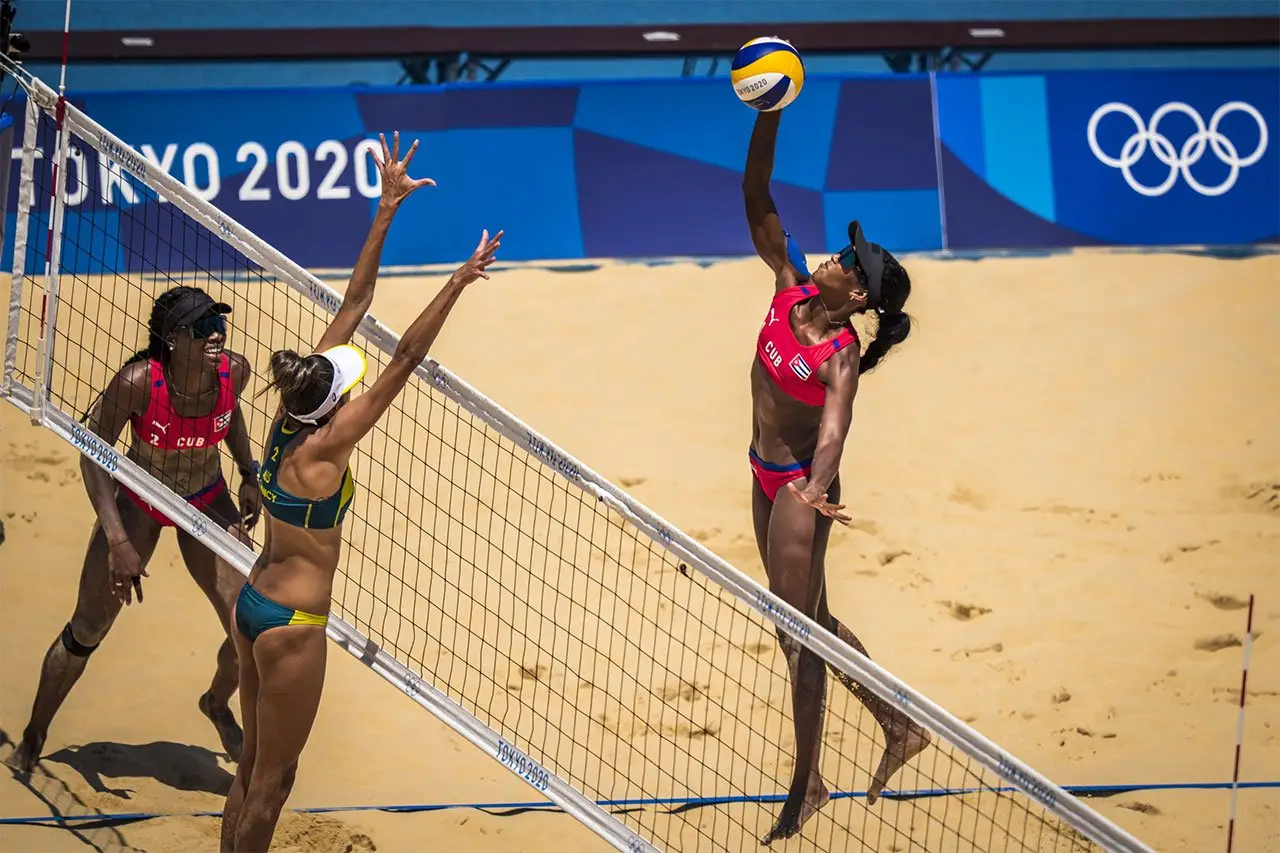
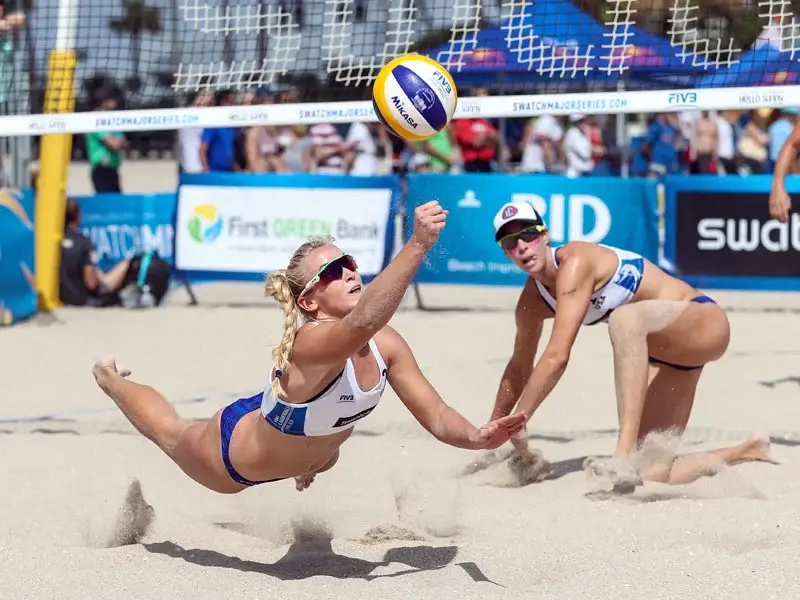 Beach volleyball combines playful elements with intense cardiovascular exercise. Playing on sand requires the active participation of all muscle groups, rapid movements, repeated jumps, quick movements and lightning-fast reactions. The dynamic transitions between receiving, passing, blocking and attacking leave no room for recovery. This is precisely why beach volleyball surpasses most standard workouts in terms of energy consumption.
Beach volleyball combines playful elements with intense cardiovascular exercise. Playing on sand requires the active participation of all muscle groups, rapid movements, repeated jumps, quick movements and lightning-fast reactions. The dynamic transitions between receiving, passing, blocking and attacking leave no room for recovery. This is precisely why beach volleyball surpasses most standard workouts in terms of energy consumption.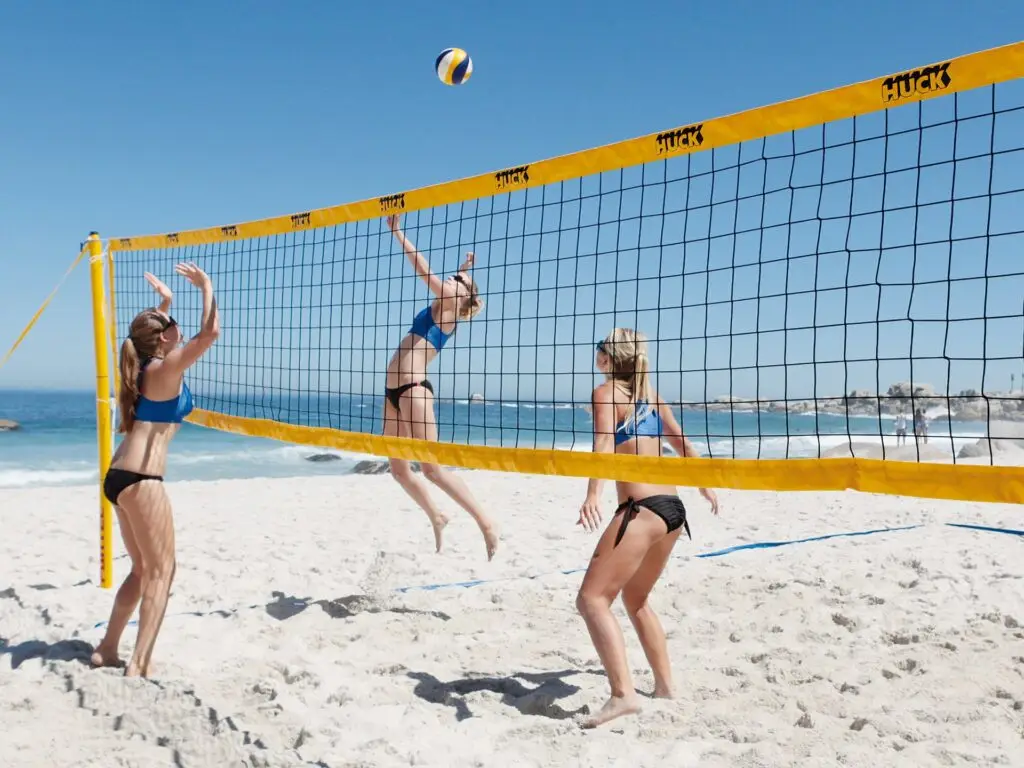 The modern approach to sport requires both efficiency and enjoyment. The benefits of beach volleyball are evident not only in improved physical fitness, but also in strengthened emotional stability, the promotion of social activities and increased overall vitality.
The modern approach to sport requires both efficiency and enjoyment. The benefits of beach volleyball are evident not only in improved physical fitness, but also in strengthened emotional stability, the promotion of social activities and increased overall vitality.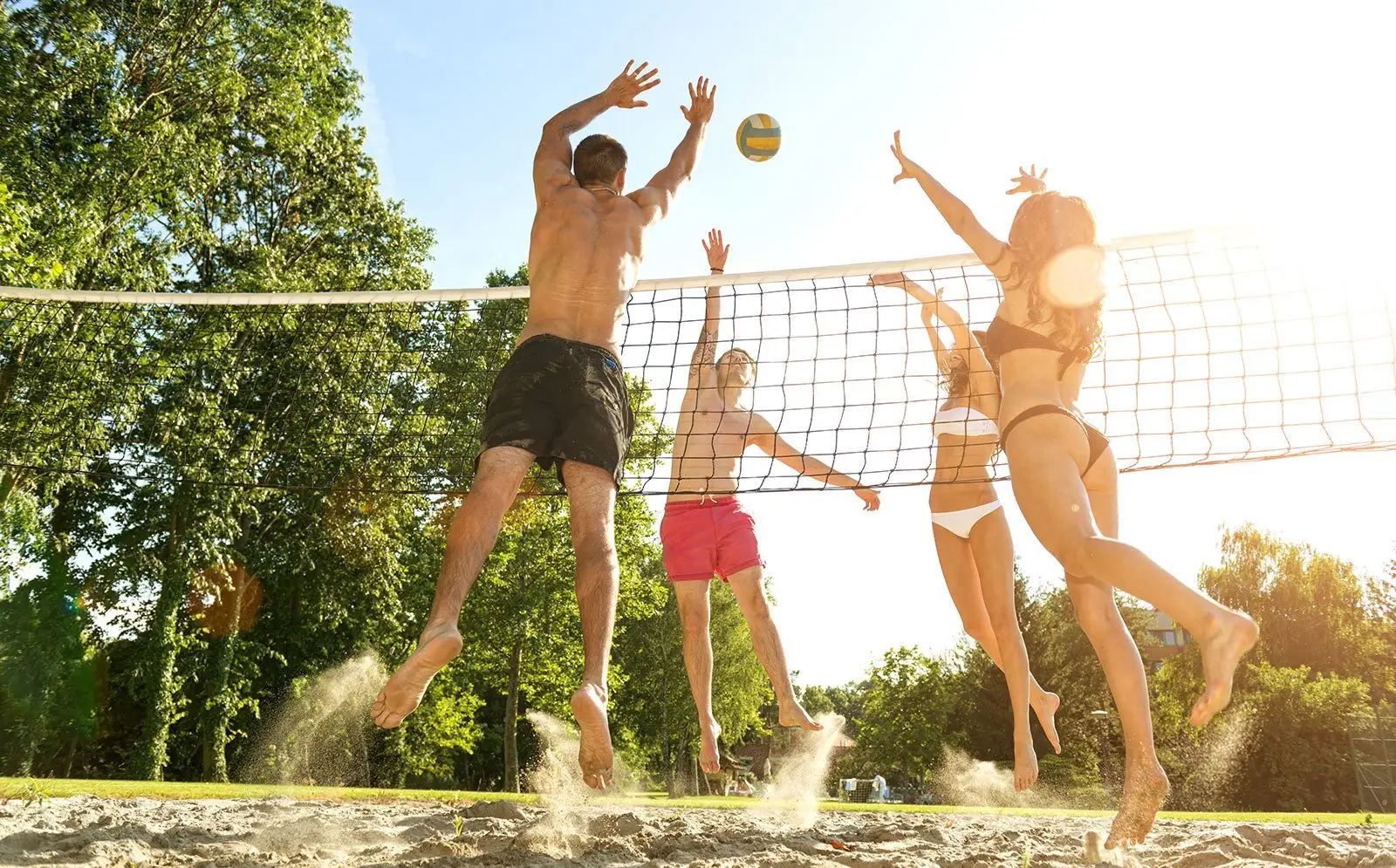
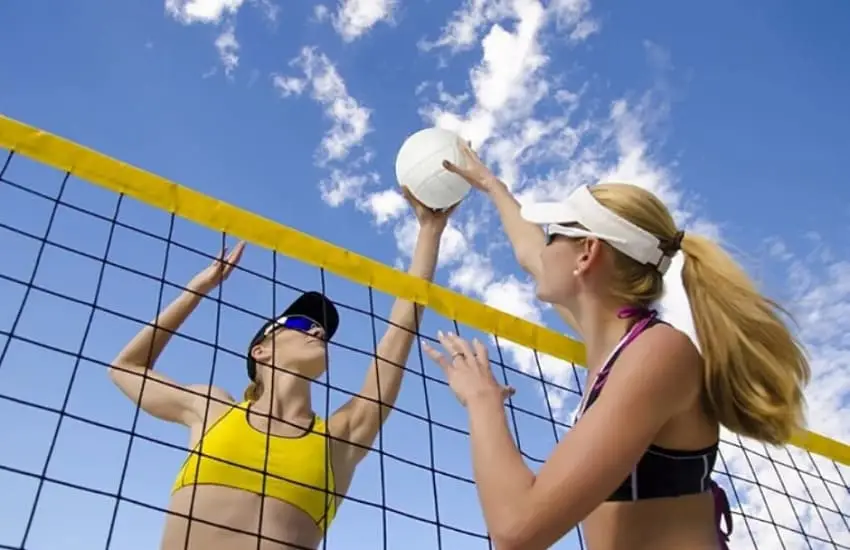 Accelerations, sudden changes of direction, vertical jumps and frequent breaks ensure a high pulse rate. The heart learns to work in short bursts with rapid recovery. The effects of volleyball on the body in this context include normalisation of blood pressure, training of the capillaries, acceleration of venous drainage and reduction of cardiac load at rest.
Accelerations, sudden changes of direction, vertical jumps and frequent breaks ensure a high pulse rate. The heart learns to work in short bursts with rapid recovery. The effects of volleyball on the body in this context include normalisation of blood pressure, training of the capillaries, acceleration of venous drainage and reduction of cardiac load at rest.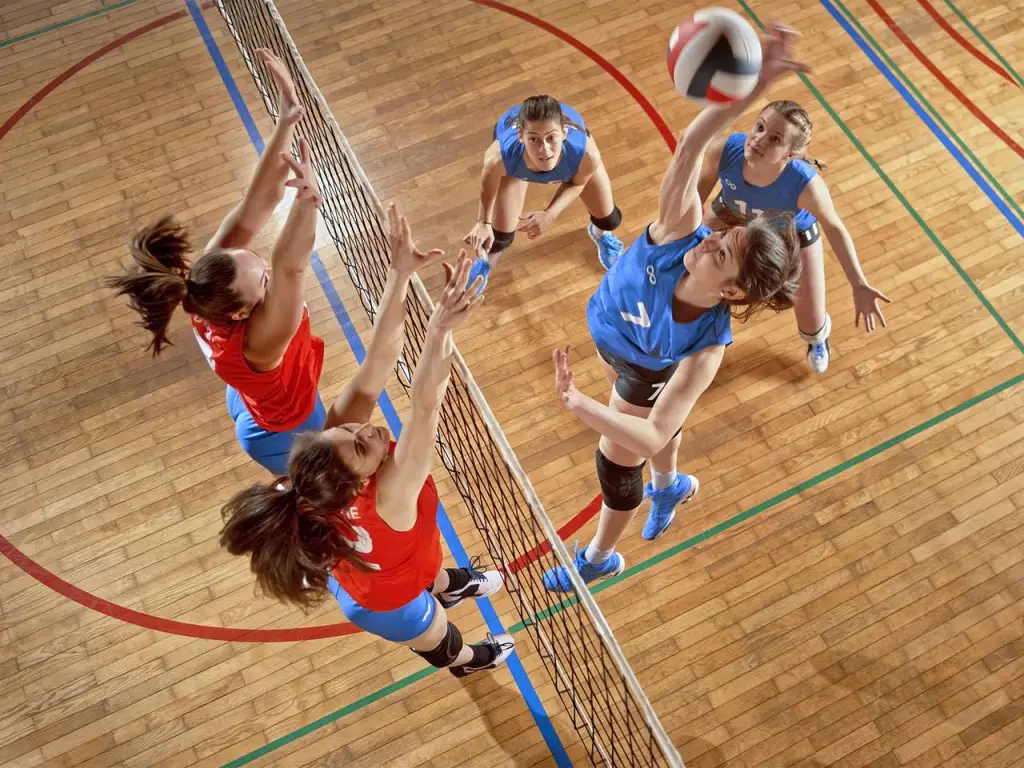 This discipline, which combines vertical jumps, quick changes of direction, precise movements and teamwork, forms a unique sporting profile. The effects of volleyball on the body are evident in the strengthening of the cardiovascular system, increased lung capacity, stabilisation of the joints, development of coordination, weight loss, improved flexibility and enhanced body control.
This discipline, which combines vertical jumps, quick changes of direction, precise movements and teamwork, forms a unique sporting profile. The effects of volleyball on the body are evident in the strengthening of the cardiovascular system, increased lung capacity, stabilisation of the joints, development of coordination, weight loss, improved flexibility and enhanced body control.
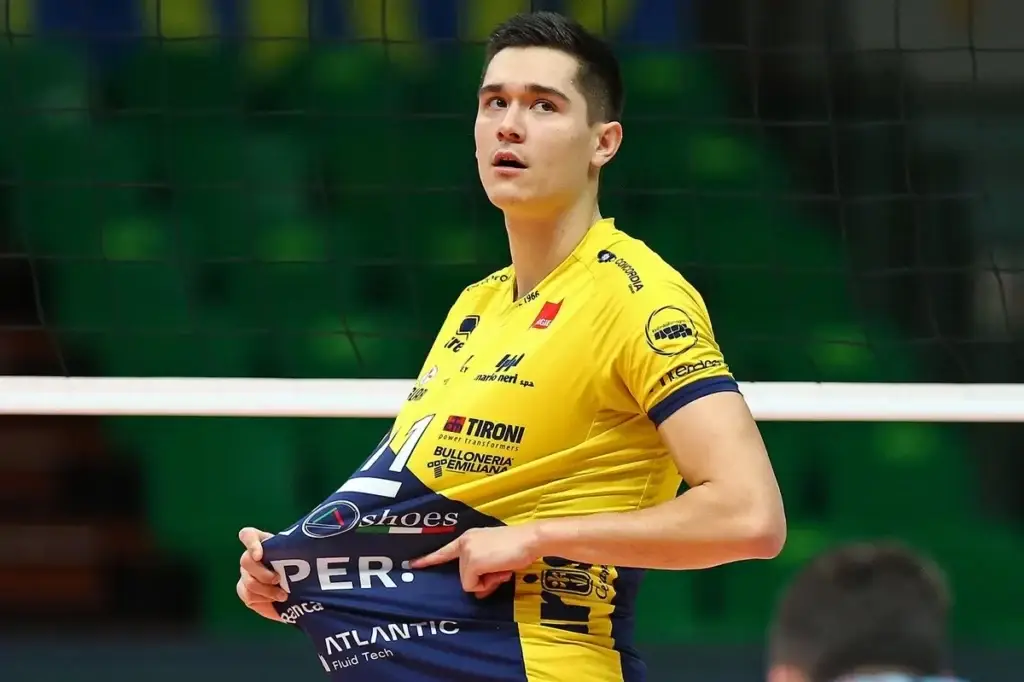 Mika Christenson has developed into one of the most consistent and versatile setters in world volleyball. He was born in Honolulu, Hawaii, in 1993 and began his professional career at the University of Southern California. His ability to maintain focus even in difficult situations has secured him a place among the best male volleyball players.
Mika Christenson has developed into one of the most consistent and versatile setters in world volleyball. He was born in Honolulu, Hawaii, in 1993 and began his professional career at the University of Southern California. His ability to maintain focus even in difficult situations has secured him a place among the best male volleyball players. Each of the top nine male volleyball players in this ranking contributed to the development of the team discipline, demonstrating a high level of skill, strength, and coordination. Their achievements inspire new generations of athletes and raise the level of world volleyball to new heights.
Each of the top nine male volleyball players in this ranking contributed to the development of the team discipline, demonstrating a high level of skill, strength, and coordination. Their achievements inspire new generations of athletes and raise the level of world volleyball to new heights.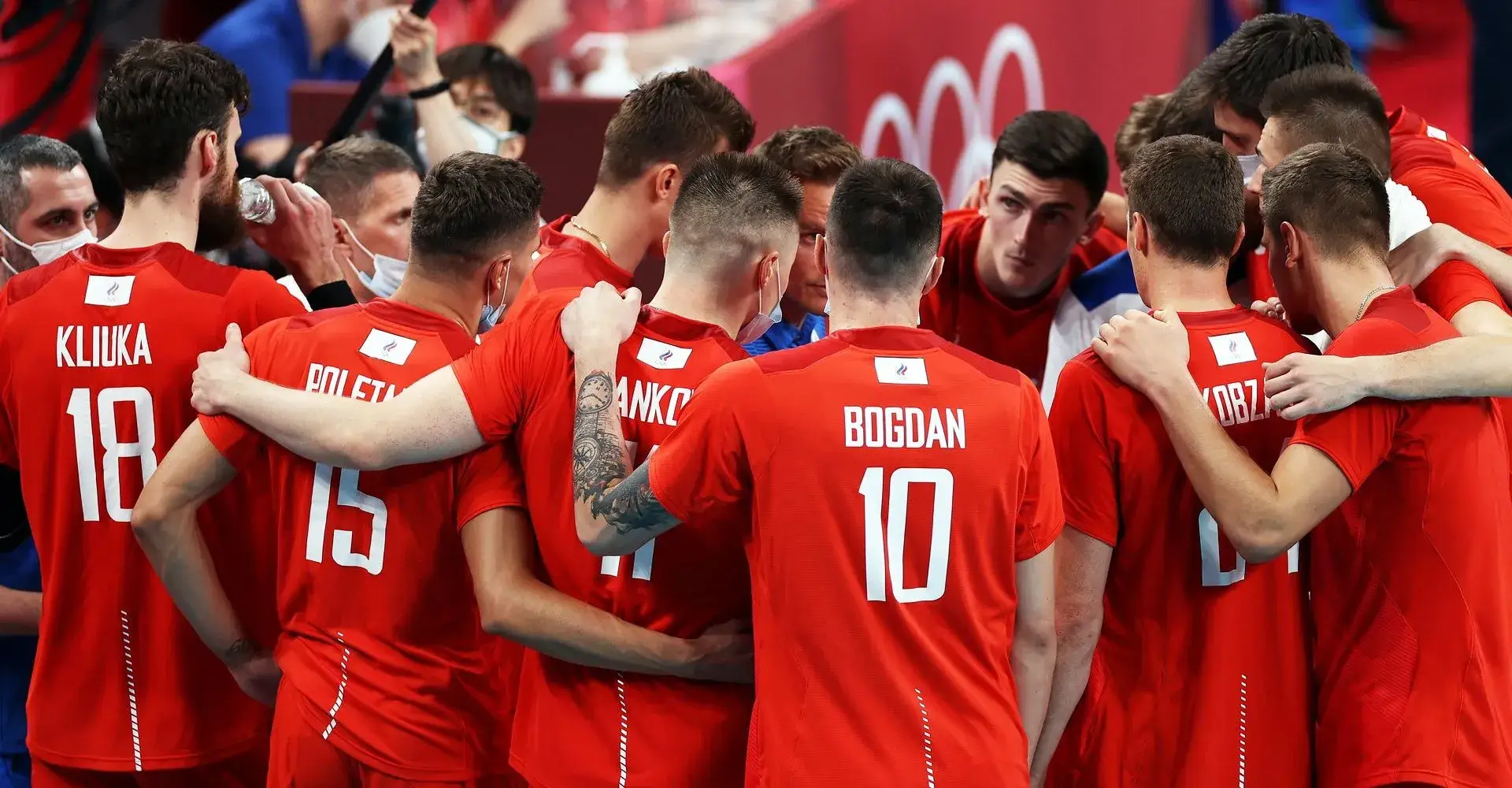
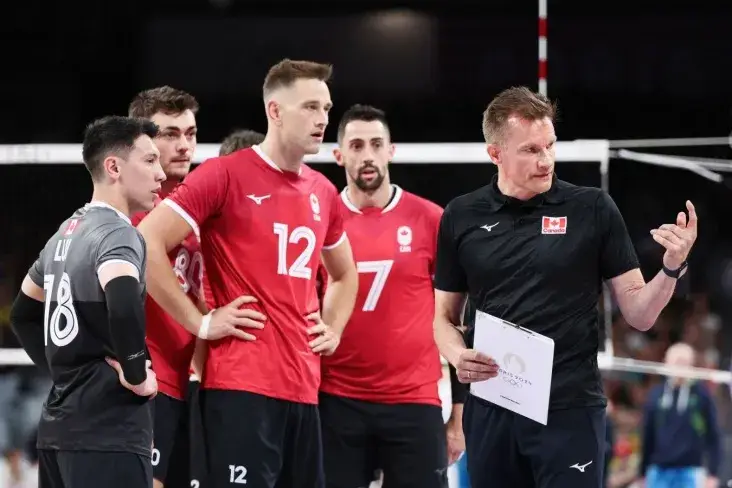 The 2024 frontrunners are the national teams of Poland, Brazil, Italy, France and Russia. These teams have not only demonstrated high technical ability, but also strategic thinking, which has proven to be the key to success:
The 2024 frontrunners are the national teams of Poland, Brazil, Italy, France and Russia. These teams have not only demonstrated high technical ability, but also strategic thinking, which has proven to be the key to success: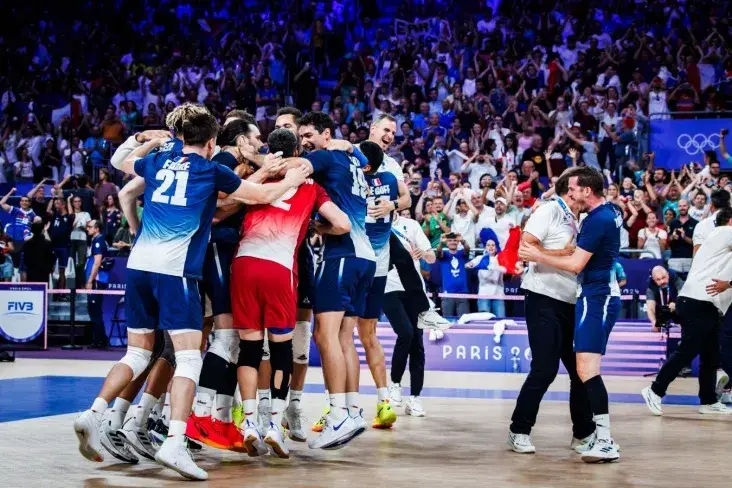 The ranking of the men’s national volleyball teams in 2024 reflects the intense battle for leadership. Each of the national teams featured in this overview has contributed to the development of world volleyball. The leaders have shown a combination of skill, strategy and teamwork that makes them role models.
The ranking of the men’s national volleyball teams in 2024 reflects the intense battle for leadership. Each of the national teams featured in this overview has contributed to the development of world volleyball. The leaders have shown a combination of skill, strategy and teamwork that makes them role models.
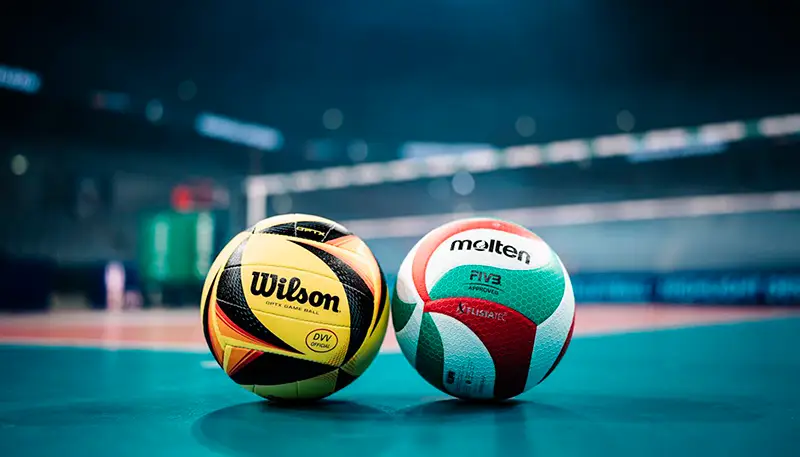
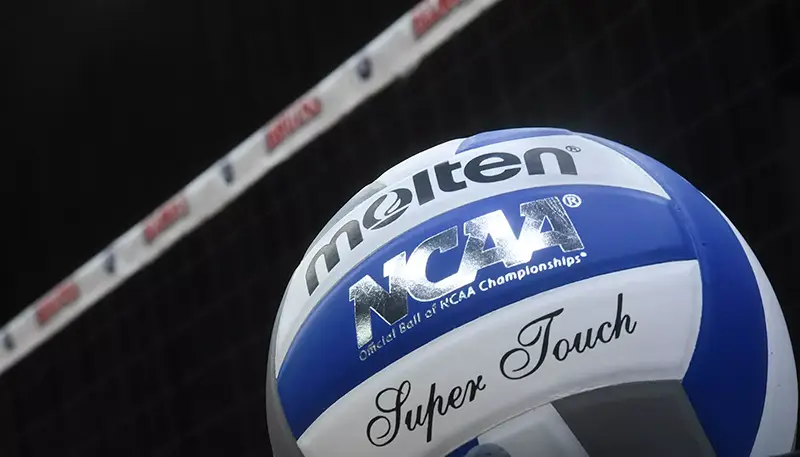

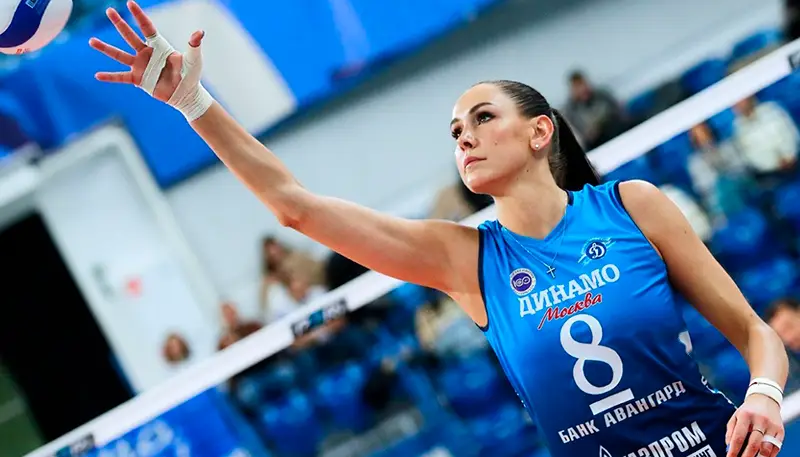

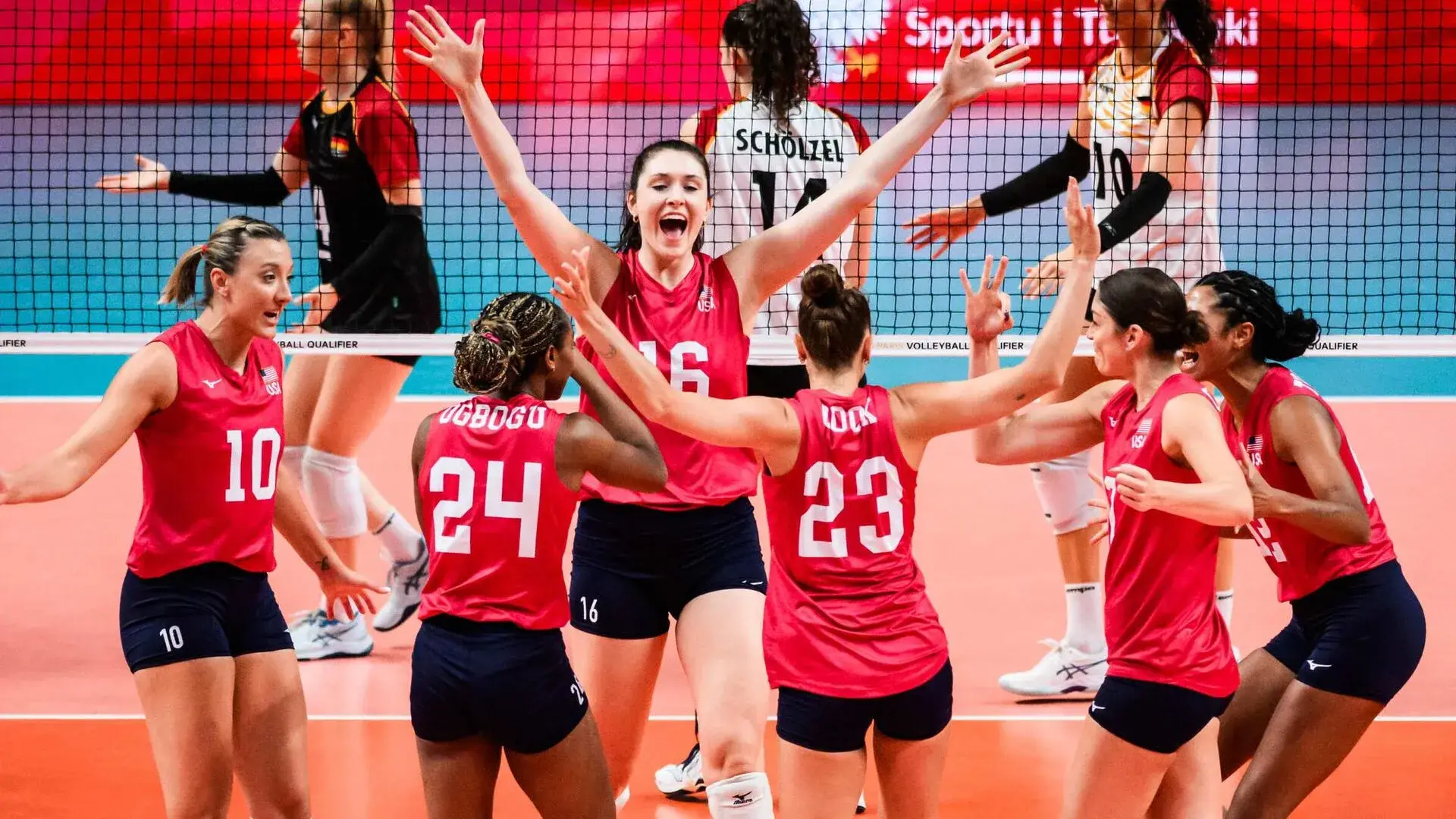
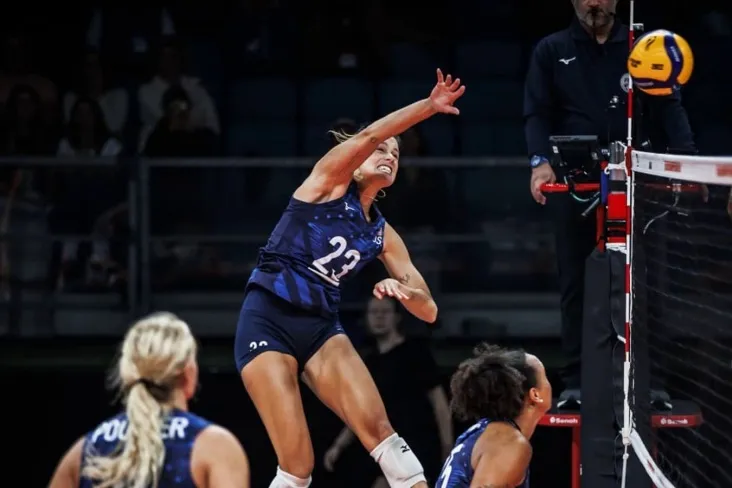 After its emergence in the United States, volleyball quickly spread not only in the country itself, but also throughout the world. Asia and Europe were the first countries where the game found a large audience among young people and students. During the First World War, American soldiers brought volleyball to European countries, contributing to its spread.
After its emergence in the United States, volleyball quickly spread not only in the country itself, but also throughout the world. Asia and Europe were the first countries where the game found a large audience among young people and students. During the First World War, American soldiers brought volleyball to European countries, contributing to its spread.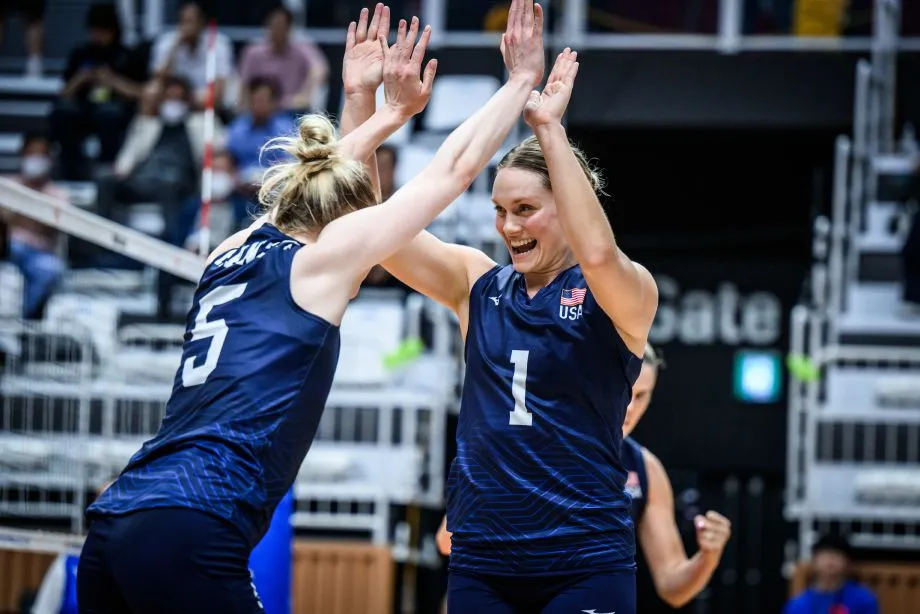 Which country is considered the cradle of volleyball? Definitely the US. It was there that William Morgan developed a new game in 1895 that combined elements of different sports and proposed a new format of team competition. Today, volleyball is an Olympic discipline loved by millions around the world.
Which country is considered the cradle of volleyball? Definitely the US. It was there that William Morgan developed a new game in 1895 that combined elements of different sports and proposed a new format of team competition. Today, volleyball is an Olympic discipline loved by millions around the world.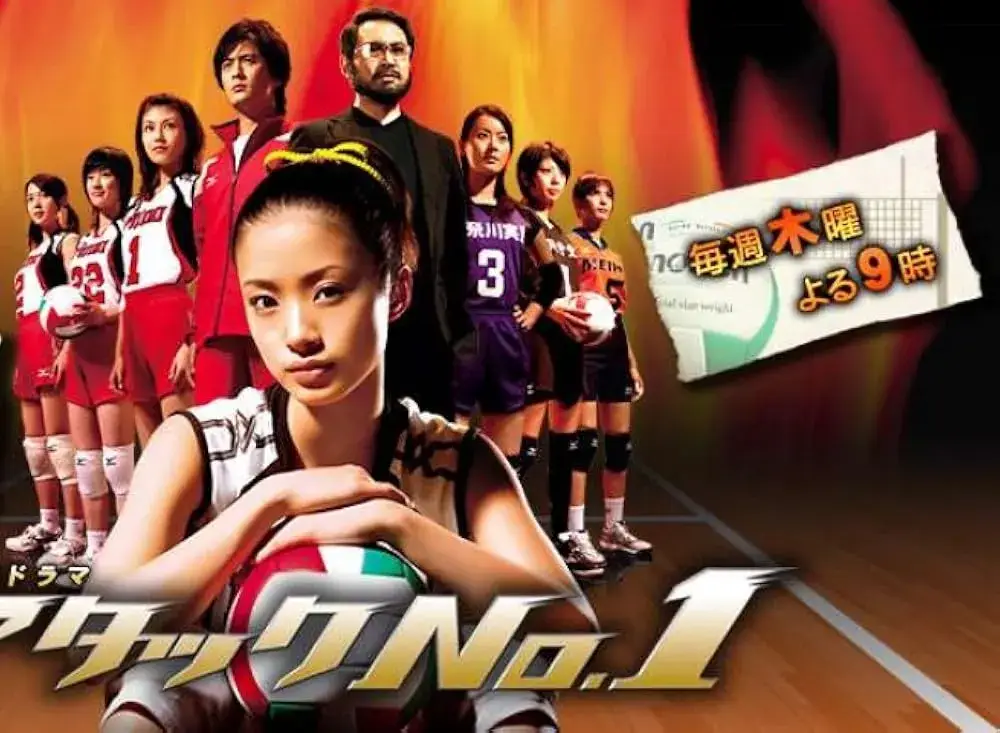 ‘Attack No. 1’ is one of the first anime series dedicated to women’s volleyball. It was released in 1969 and is still a favourite among fans of the genre. The plot revolves around a girl named Kozue Ayuhara who dreams of becoming the best volleyball player in Japan. The picture is a combination of sporting struggle and the heroine’s personal experiences. Volleyball series often focus on team spirit, and ‘Attack No. 1’ is no exception. Kozue’s story shows how dreams and ambition can change lives, even if the road to success is fraught with challenges.
‘Attack No. 1’ is one of the first anime series dedicated to women’s volleyball. It was released in 1969 and is still a favourite among fans of the genre. The plot revolves around a girl named Kozue Ayuhara who dreams of becoming the best volleyball player in Japan. The picture is a combination of sporting struggle and the heroine’s personal experiences. Volleyball series often focus on team spirit, and ‘Attack No. 1’ is no exception. Kozue’s story shows how dreams and ambition can change lives, even if the road to success is fraught with challenges.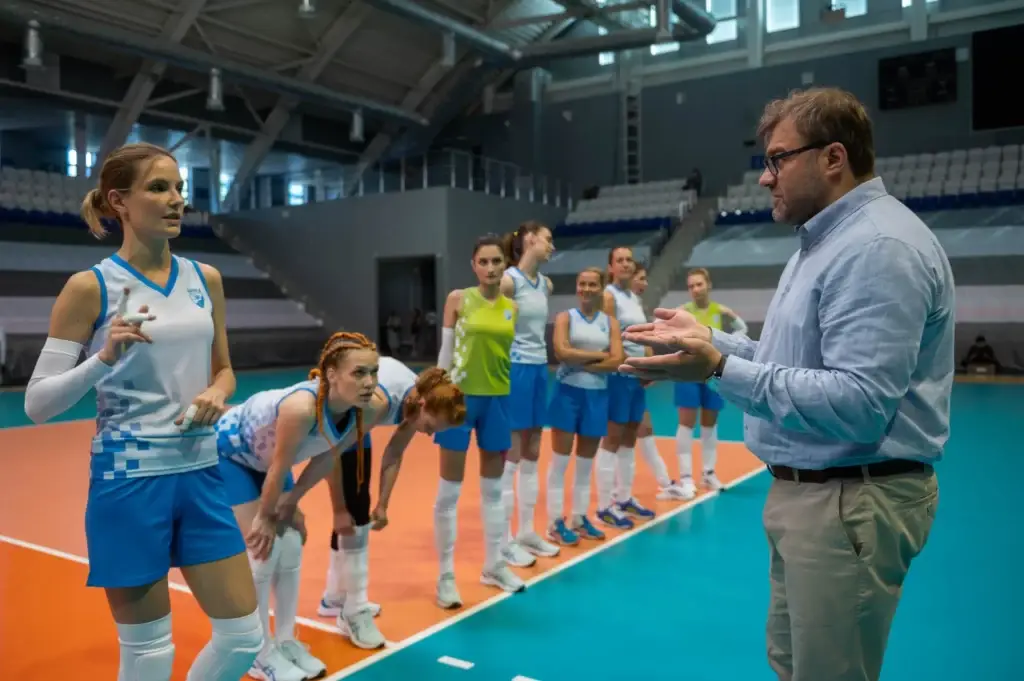 Volleyball series are inspiring examples of how believing in a team and working on yourself can change your destiny. These stories motivate not only athletes, but also those looking for inspiration in life. Sports dramas teach us that the road to success starts with small steps and is never easy, but that is precisely why it is so important.
Volleyball series are inspiring examples of how believing in a team and working on yourself can change your destiny. These stories motivate not only athletes, but also those looking for inspiration in life. Sports dramas teach us that the road to success starts with small steps and is never easy, but that is precisely why it is so important.
